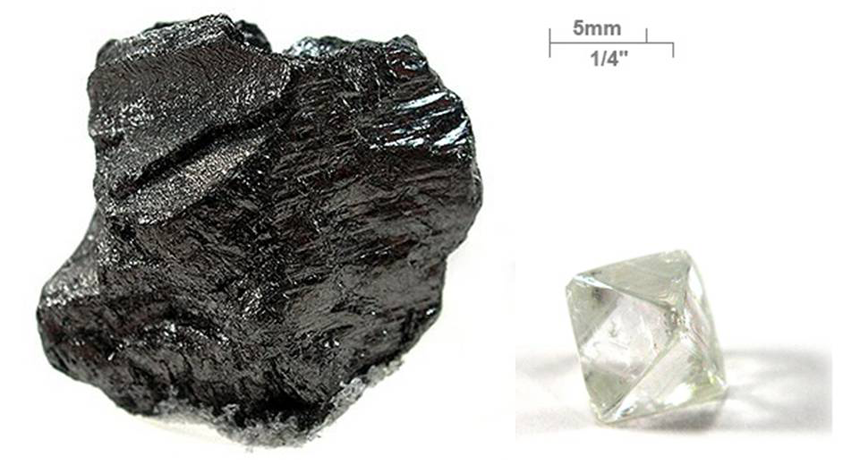Questions for ‘Beyond diamonds: Search is on for rare carbon crystals’

Graphite (left) and diamond (right) are two well-known minerals, both made of only carbon.
Robert Lavinsky/Wikimedia Commons (CC-BY-SA 3.0)

Graphite (left) and diamond (right) are two well-known minerals, both made of only carbon.
Robert Lavinsky/Wikimedia Commons (CC-BY-SA 3.0)